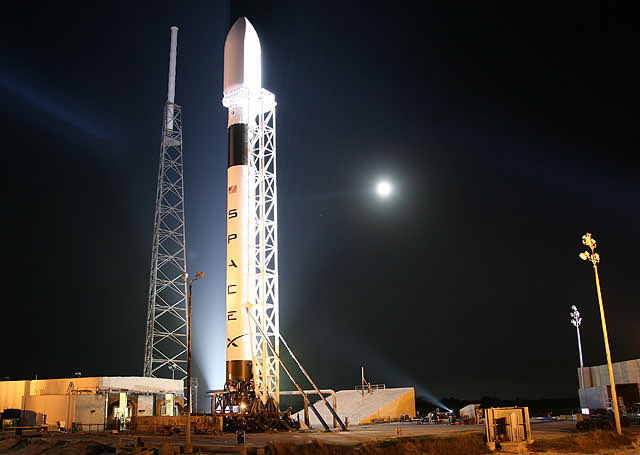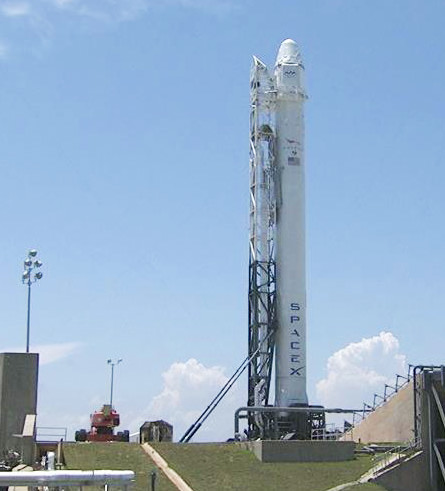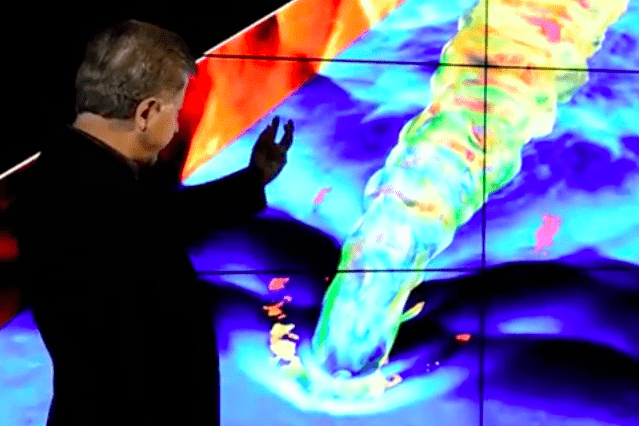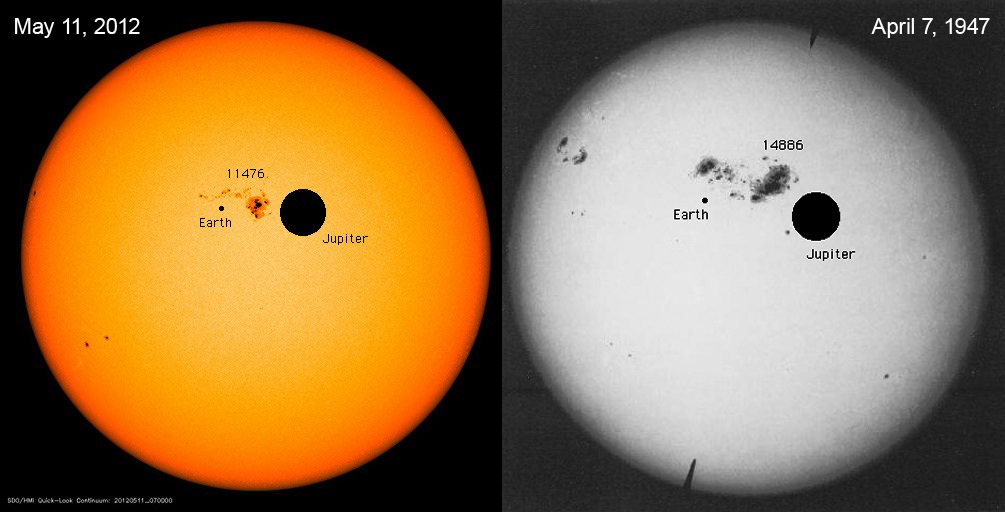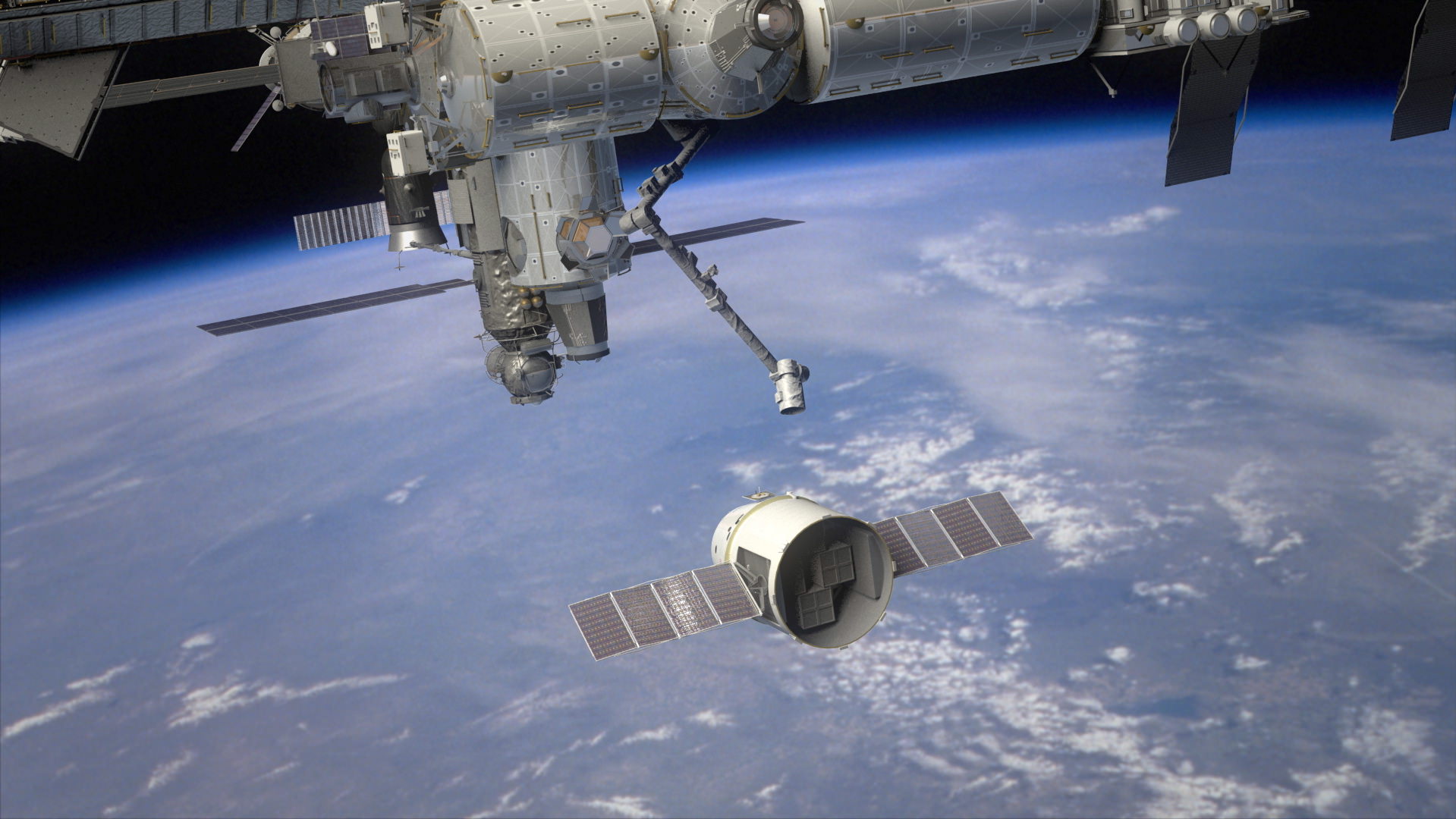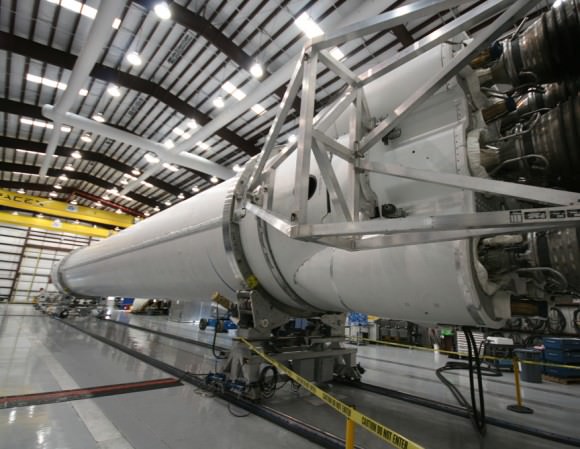[/caption]
Saturday morning’s launch window for SpaceX’s historic test flight to the International Space Station lasts just one second. Company President Gwynne Shotwell predicted they have “better than a 50-50 shot on whether we lift off tomorrow,” she said at a press conference today, adding, “If we lift off, we’ll get to orbit.”
Shotwell and NASA officials outlined a myriad of systems and activities that have to go perfectly for the launch take place, and then it will be non-stop action for the duration of the flight to orbit and ultimately the berthing of Dragon to the ISS.
Launch is set for 08:55 UTC on May 19 (4:55 AM Eastern/1:15 AM Pacific.) Here’s a timeline of activities so you can follow along while you watch the launch:
08:45 UTC: The Terminal Count begins at T-10 minutes before launch
08:52:30 (T-00:02:30) SpaceX Launch Director verifies GO
T-00:00:03 Engine controller commands engine ignition sequence to start
08:55: Liftoff
T+0:02:58 1st Stage Shut Down (Main Engine Cut Off)
T+0:03:02 1st Stage Separates
T+0:03:09 2nd Stage Engine Start
T+0:09:00 2nd Stage Engine Cutoff
09:04:34 (T+0:09:35) Dragon separates from Falcon 9 and initializes its propulsion system.
09:06:30 (T+0:11:30) Deploy solar array
09:08 (T+0:13) On-Orbit Operations begin
Shotwell said that 2 hours and 26 minutes into the flight is the Guidance Navigation and Control (GNC) door is opened on the exterior of the capsule. “This is a key new feature for this mission, which basically exposes the Proximity Operations Sensors to space so we can see the ISS as we are approaching and allow us to get close enough to berth,” Shotwell explained. “Our star trackers also get a view of space at this time, so this is a very critical operation”
The first 24 hours into the flight, Dragon will be catching up or phasing with the ISS. On Flight Day 2 at about 40 hours into the flight, Dragon will the ISS and do a “flyunder” of the station and for about 10 hours, do some maneuvers to demonstrate the ability to stationkeep and fly about the ISS, all the while in contact with the space station and Mission Control. There will be a relative GPS demonstration, and the “critical operations and tests we need to execute and show NASA the data so that we can show them everything is working,” Shotwell said.
Then, Dragon will perform a re-rendezvous with a flyunder of about 2.5 kilometers below the station, then maniever in front of the station, raise up and go back around.
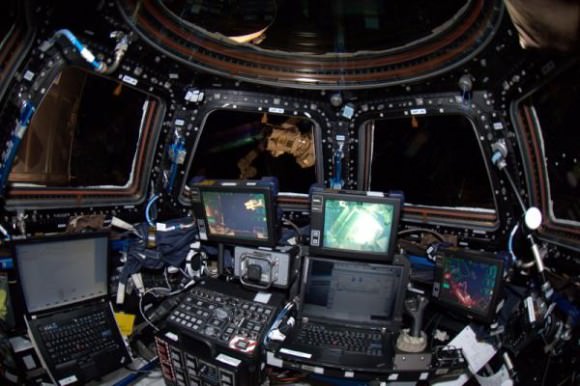
Don Pettit and Andre Kuipers will be working Canadarm2 on the station, and will grapple Dragon on May 22, berthing it to the Harmony node.
If there are any problems, NASA, SpaceX and the crew on the ISS has the ability to call an abort, or Dragon could autonomously abort.
But everyone is hoping for smooth sailing.
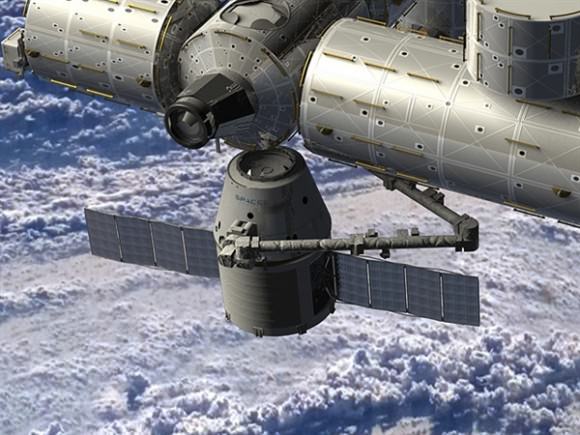
“By hour 75, if all is going well, we should be berthed to the station, which should be really great,” Shotwell said. “I know everyone at SpaceX is excited for this mission.”
The SpaceX launch webcast is scheduled for 1:15 AM Pacific / 4:15 AM Eastern / 08:15 UTC on May 19 at the SpaceX website, or you can watch on NASA TV starting at 08:30 UTC.
Right now the weather looks favorable for launch. If SpaceX can’t launch on the 19th, they can try again On May 22, 25th and 29th, which provide good launch opportunities. Other less than optimal dates for launch are the 23rd, 26th, and then the ISS enters into a period of high beta angle of the Sun, where there would be excessive heat surrounding the station, so the 29th of May is last date for awhile that SpaceX could launch Dragon.

